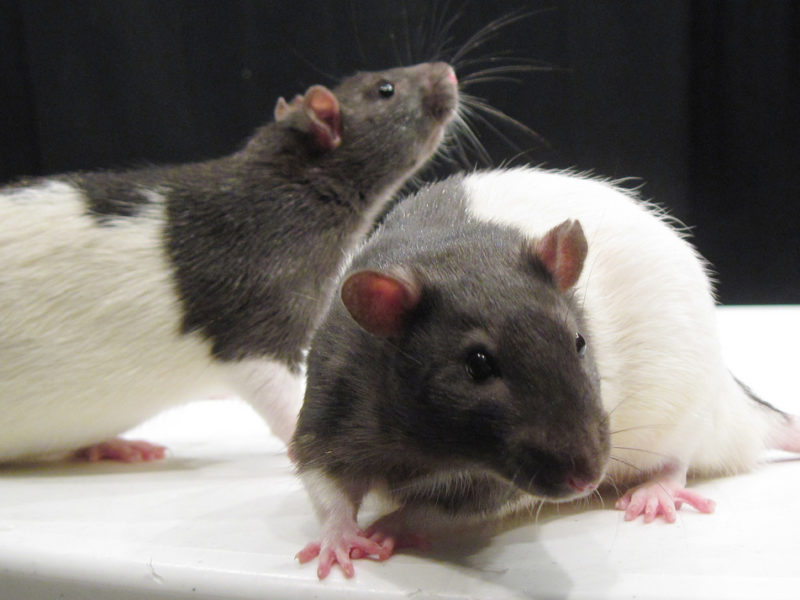


TORONTO – As part of Toronto’s continuing trend of gentrification, rats from Rosedale, Forest Hill, and other affluent neighbourhoods have begun colonizing lower income areas throughout the city.
“See here,” said rat scientist Prof. Laura Grace, stooping to take a sample of rat feces in the Junction. “Traces of artisanal gruyère.”
The shift in rat demographics for the west Toronto neighbourhood was first noticed by city workers, who discovered that long stretches of sewer had been covered in hardwood flooring.
“Things have definitely changed,” said sewer maintenance worker Marco Cavanni. “I used to be scared to walk down these tunnels by myself, but something about seeing all these new rats sipping on their free trade coffee has really put me at ease.”
Scientists report that the process has been going on for over a decade, with groups of rats from upscale neighbourhoods pricing out the proletarirat.
“When these upper-middle class rats move here, they eschew businesses like Garbage Basics in favor of boutique garbage shops,” said Grace. “Eventually, the high cost of living in filth leads to a rent hike for once affordable nooks, crawl spaces, and dirty holes.”
“And when I talk about ‘rent’ and ‘costs,’ these all involve a very complex rat currency—we’ll just call it ‘human teeth’ for simplicity sake.”
All this comes in contrast to the NIMBYism rat planners and developers face in wealthier areas when proposing high-rise cupboards, clinics for recovering test rats, or sidewalks.
At press time, human residents of the Junction were still afraid that the rats in boat shoes and tiny sweaters would eat their babies’ faces.


